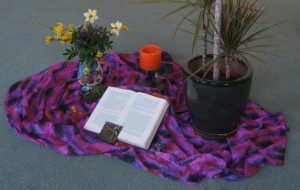The Prayer Experience
What happens in a Contemplative at Home audio session?
Each episode offers about 20 minutes of guided prayer, basically following this outline:
- Introduction to the passage that will be prayed with
- Settling into a deep place of awareness
- Listening to the passage, slowly and prayerfully, twice
- A few questions for reflection
Each episode prays with a different passage of scripture, usually a short story from the gospels.
In Episode 1, recorded back in 2015, you can hear more about what the prayer is and how to use it.
How to get the most out of the prayer experience
Consider this a mini-retreat, a treat!, a gift to yourself: time in the Lord’s presence.
To have a deep and significant prayer experience, devote your whole self to the prayer. Put everything aside and sit in one comfortable, distraction-free place. Give this time to the Lord.
If you can light a candle, or set something special in front of you (perhaps a cross, a window, a flower or a rock) this may help to focus your thoughts on the Lord’s presence. 
Using the prayer in a Small Group
If you choose to listen in a group (recommended!), I would suggest that at the end of the first reading, everyone silently makes note of the word or phrase that stood out for them. After the second reading, pause the recording and give each person a chance to say aloud the word or phrase which stood out for them (literally just say the word, nothing more). Then go back and listen to the reading for a third time. After the third reading, pause again, and have each person share with the group the personal significance of the word or phrase which stood out for them.
There should be no pressure to share, if someone isn’t prepared to for whatever reason.
While people are sharing about the personal significance, do avoid falling into chatting. Let each person share what they have to say, listen silently and attentively, then leave a pause of some moments of silence to hold up that person and the things that are happening for them. After everyone has had a chance to speak as they wish, either conclude by listening to the end of the podcast, or say a kind of closing word yourself. Then you can begin to chat and discuss the experience.
Dealing with distraction
It is normal for your mind to wander when you begin to pray in this way. When you find your thoughts have taken you away from the prayer, quite simply and gently, just turn your attention back to the Lord and the prayer. Getting annoyed about being distracted will only take you further away.
The invitation to prayer is an invitation to turn towards the Lord and to be in his presence. Turn and be. Practice that simple but profound movement each time you become distracted.
If there are practical things distracting you, jot them down so that you can return to them after your prayer time. If there is something significant on your mind, perhaps the Lord would like to speak into it as you pray. Imagine laying it down in His presence, and trusting Him with it. Then return to the prayer and listen for His voice.
What is this style of prayer?
The format used in these podcasts is based one that was introduced to me in a Jesuit setting as The Collatio.
Collatio means collecting, union, combination. It can refer to a collection of words, because we listen to the text in small phrases, or it can refer to a collection of people praying and listening together.
This type of prayer is greatly enriched by sharing together in a group and hearing, with each reading, which word has been significant for the others, and what it has meant for them.
It would be wonderful if you want to share with our on-line community the word or phrase that has been significant for you, and why, by posting it in the comments box under the blog post. There is no right or wrong answer!
If you’d like to try praying the collatio with a group, you may find this guide helpful.
Is this the same as Lectio Divina?
Lectio Divina, (Latin for divine reading), is an ancient method for prayerfully engaging with Scripture. With roots in early monasticism it was formalized by St Benedict in the 6th century when he prescribed it as part of the monastic rhythm. At Vatican II it was recommended that Lectio Divina be practiced by all lay people.
Formally, there are four stages of Lectio Divina:
- Read the text slowly, a number of times
- Meditate, not to analyze theologically but to ponder, to sit with it, to experience it, to wait in it for the Holy Spirit
- Pray, speak directly to God about what is on your mind and heart
- Contemplate, silently resting in the presence of God.
(The Wikipedia article on Lectio Divina gives a fuller picture and an impressive book list in the notes as well.)
The Collatio prayer used in Contemplative at Home podcasts is similar to Lectio Divina, as it contains elements of each of these four stages, but doesn’t move through them systematically. The Collatio makes a bit more room for imagining the scene as you listen to the text and focussing on the one word or phrase and its particular meaning for you.
I wish to thank and acknowledge Fr Finbarr Lynch SJ of Manresa House, Dublin who introduced and instructed me in the Collatio, from which all that I share with you in this podcast is derived. The Deepening Faith and Prayer course which he led with Alacoque O’Reilly in 2006-2007 was of profound and lasting impact on my heart and spirituality and I owe a debt of great gratitude to them both for their gifts of faith, wisdom, depth and leadership.

